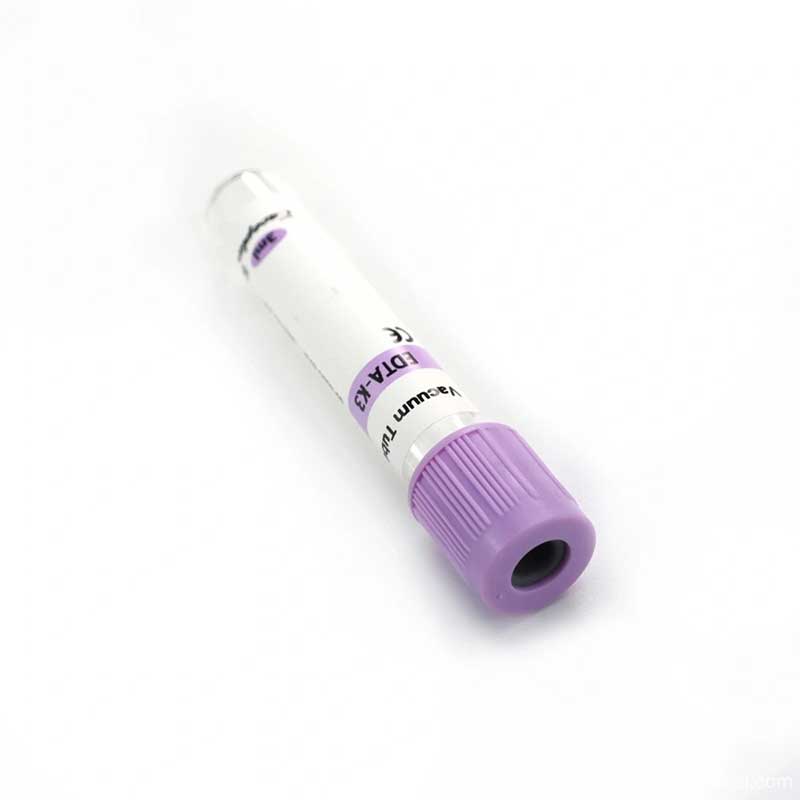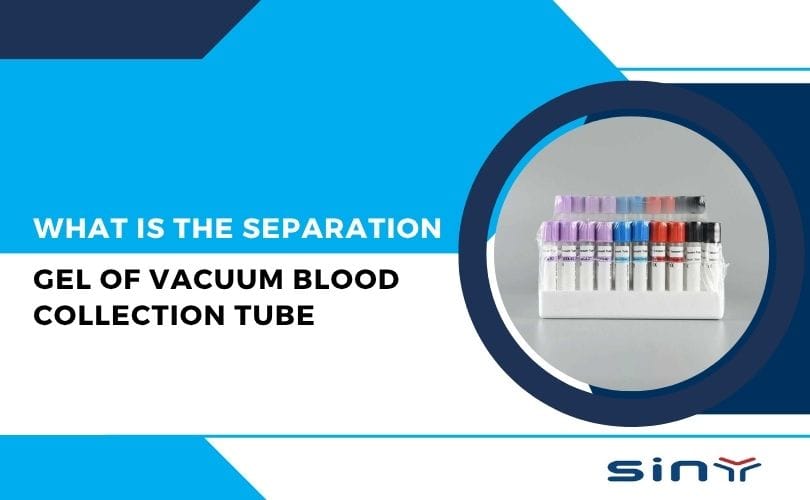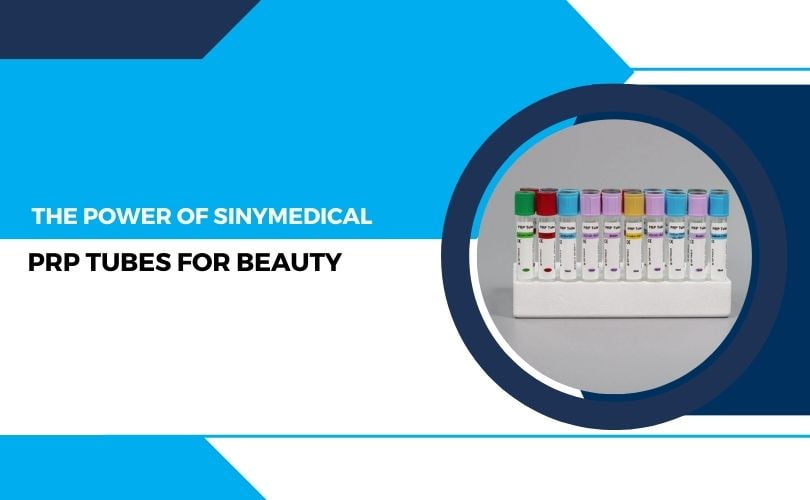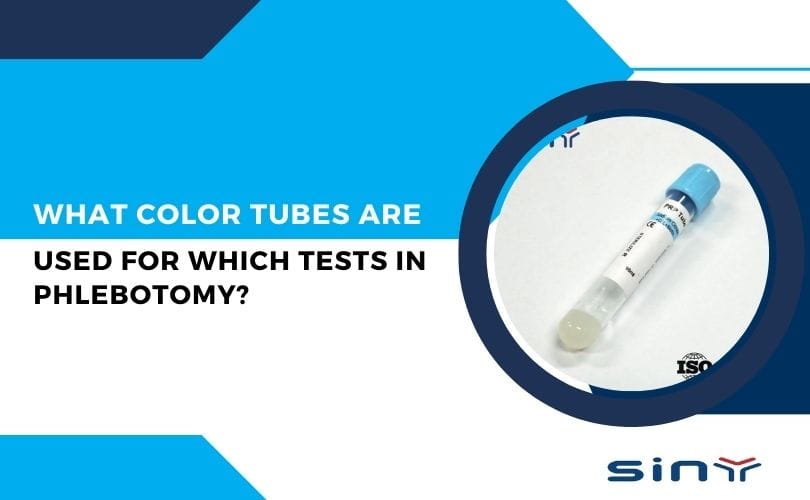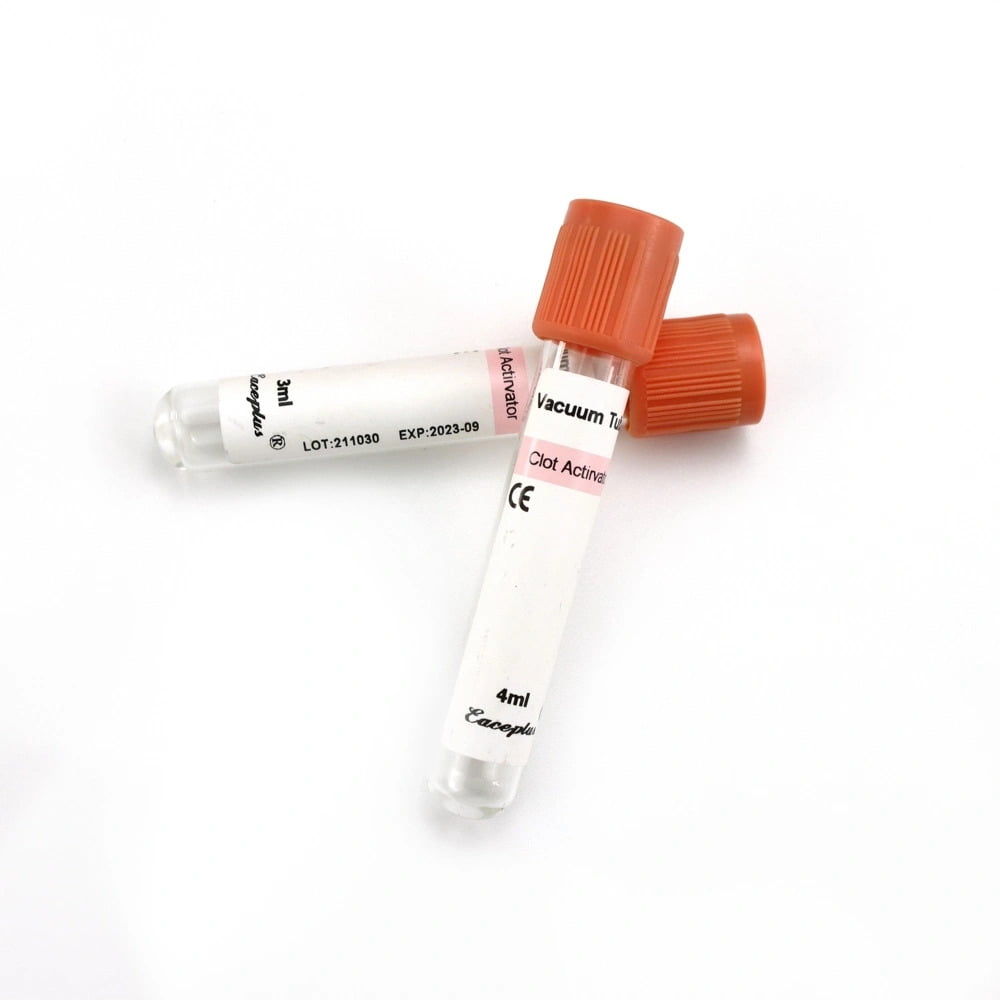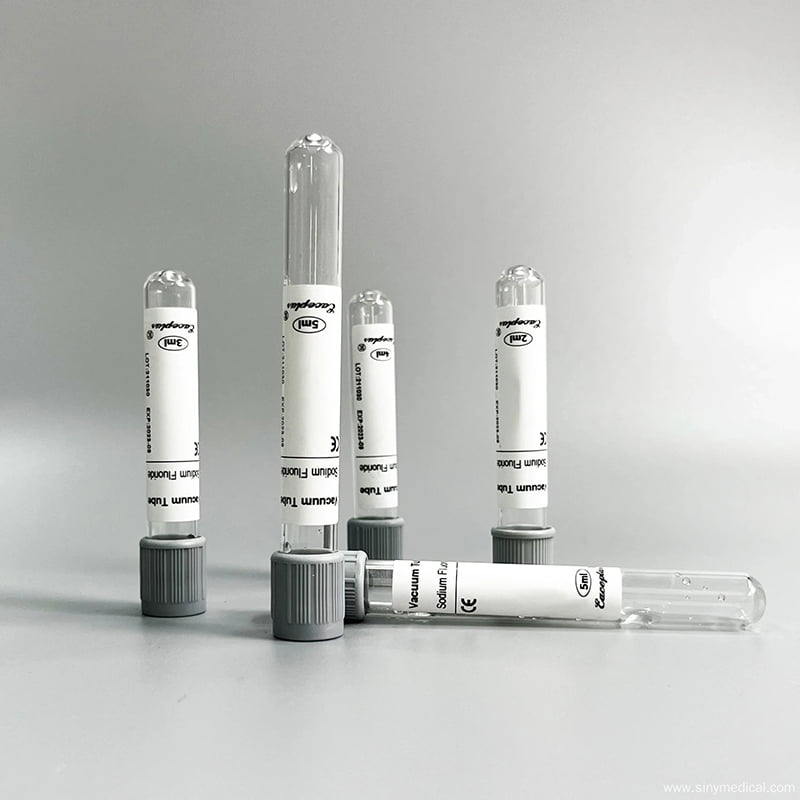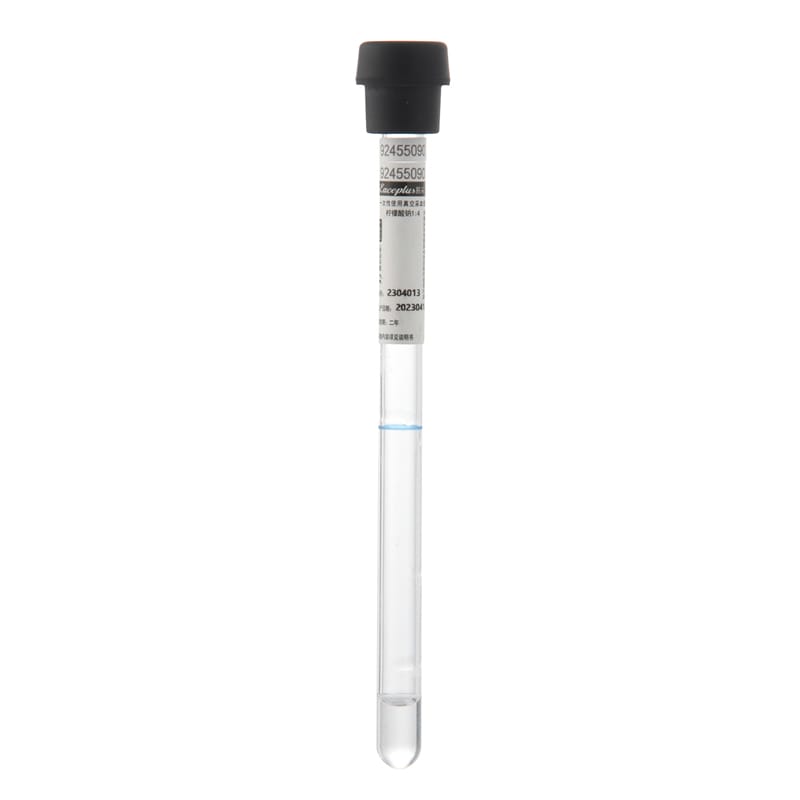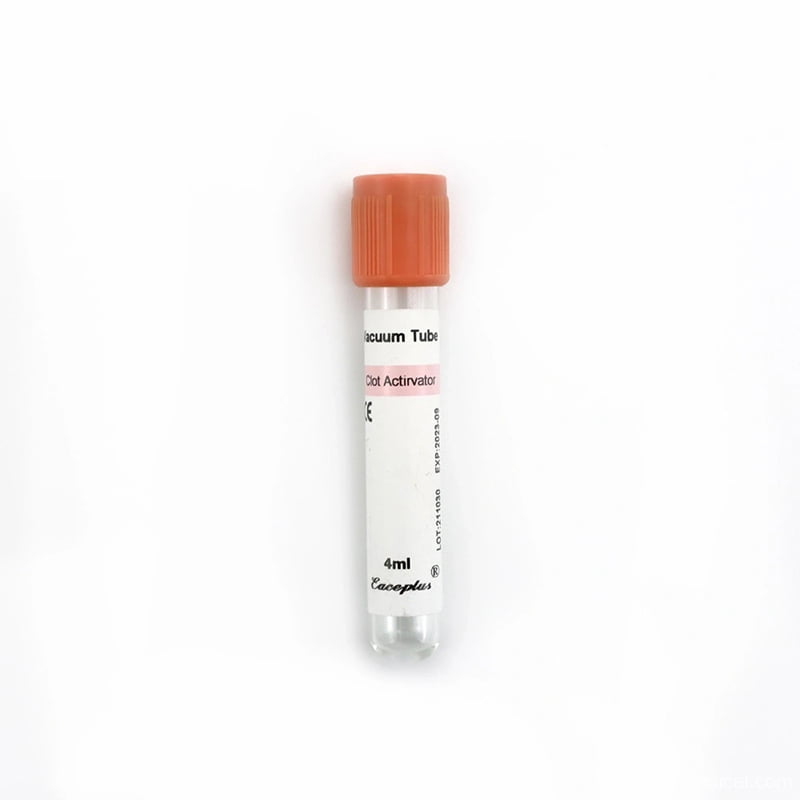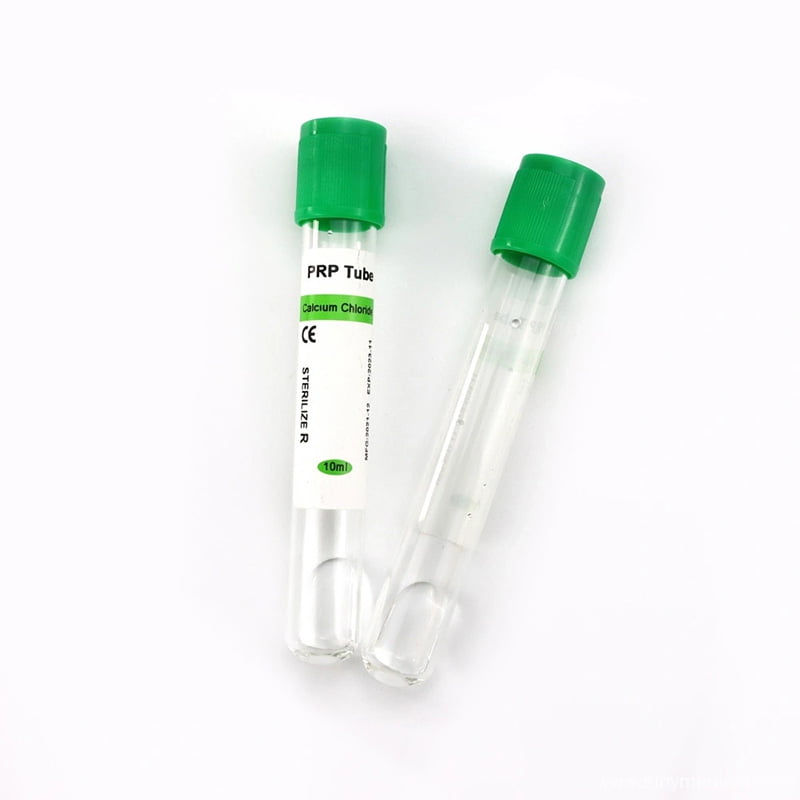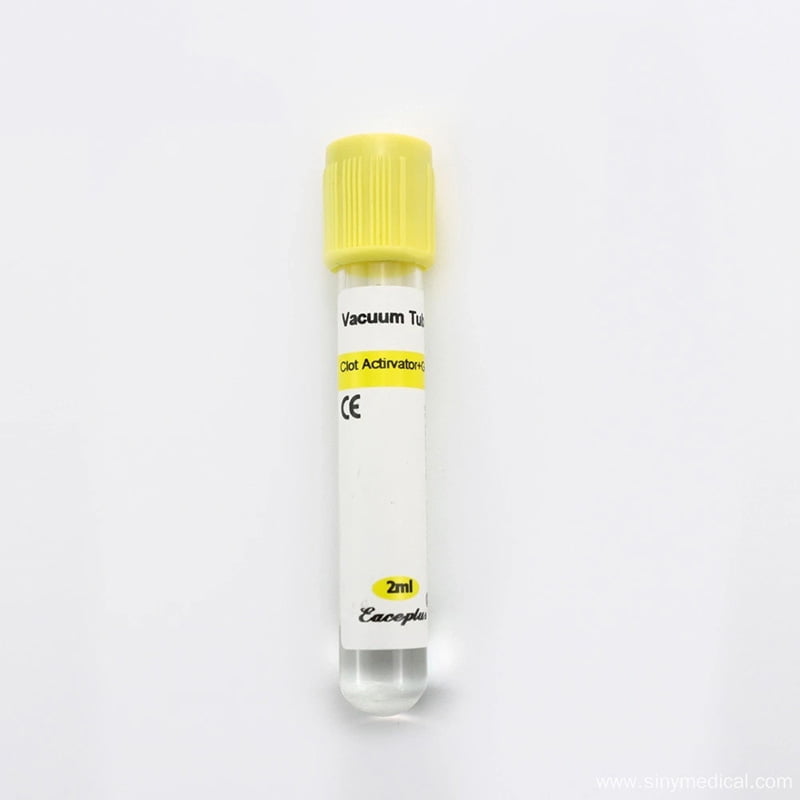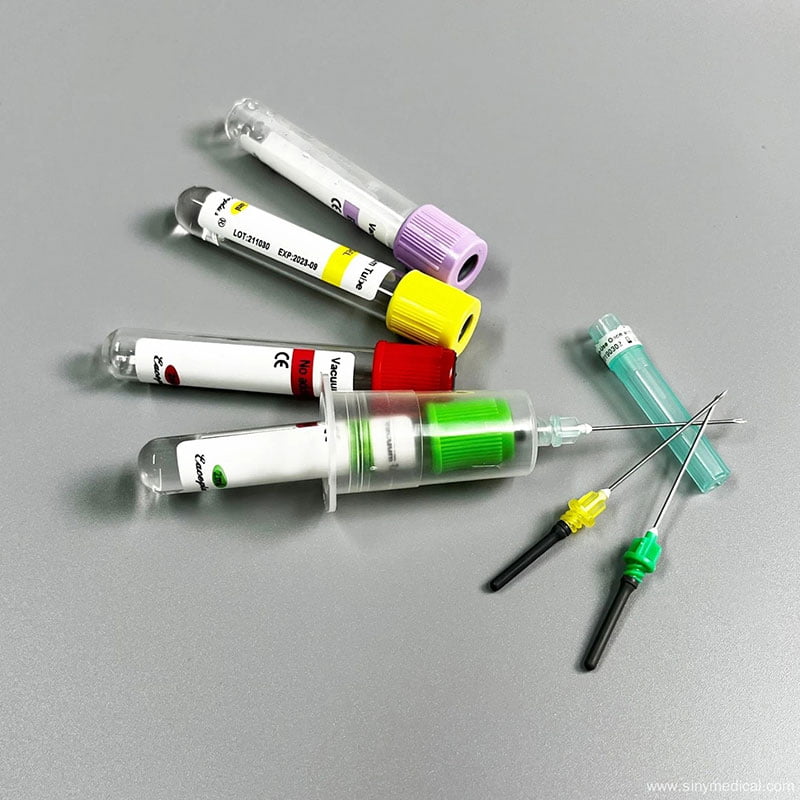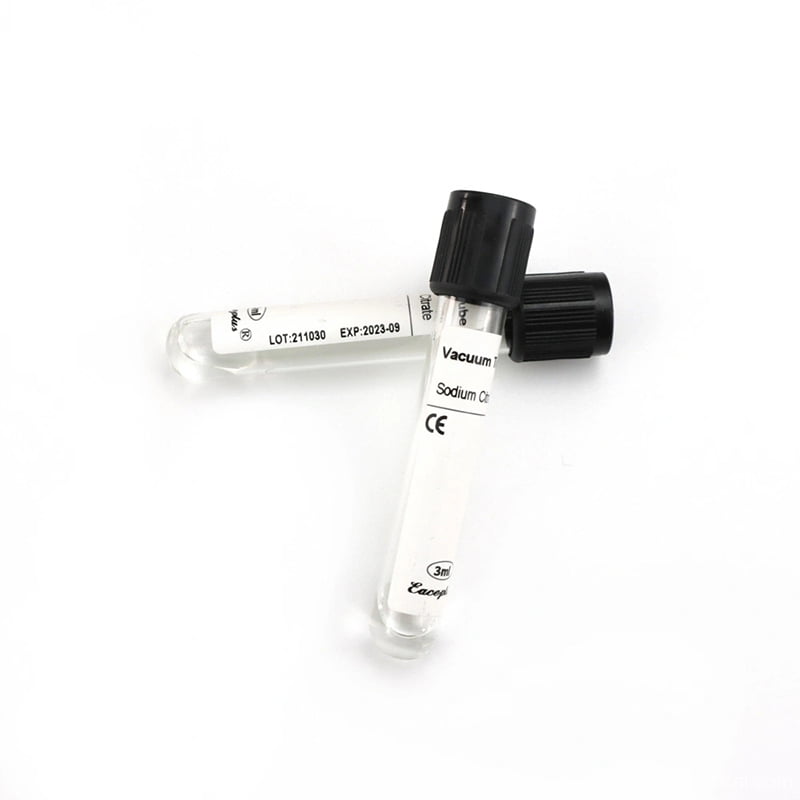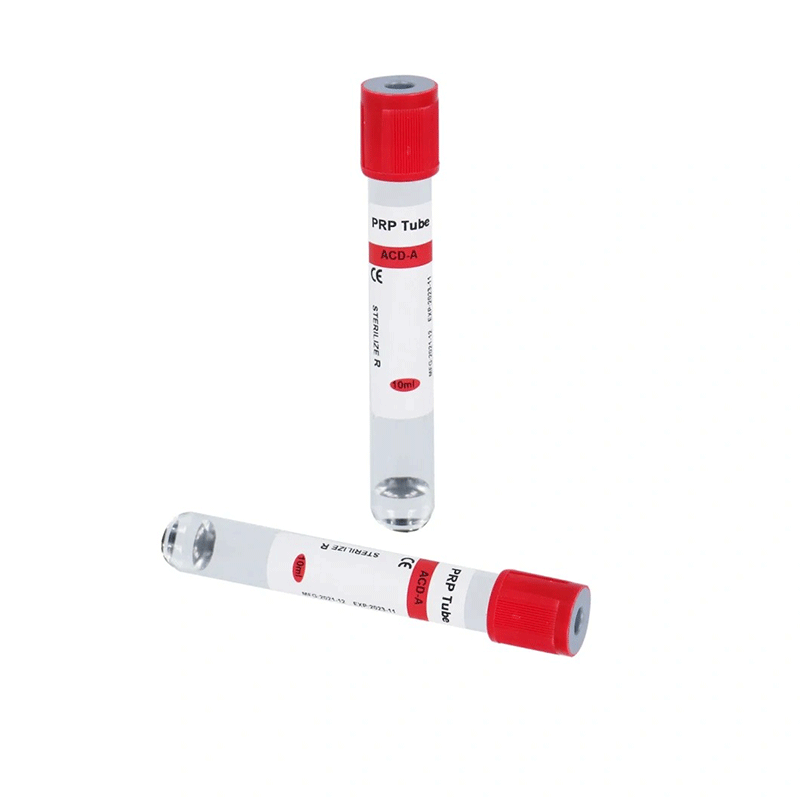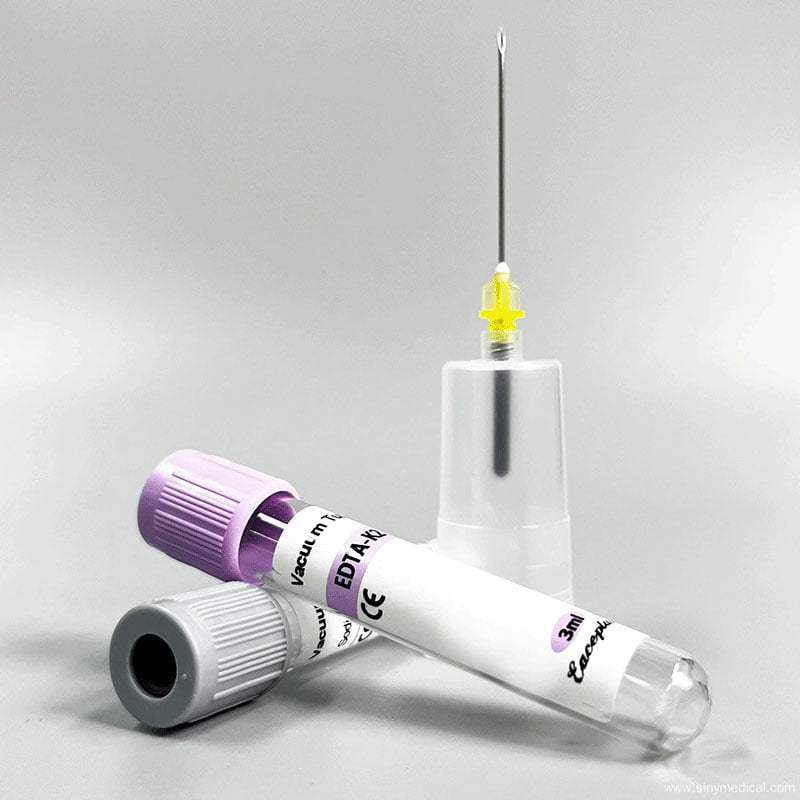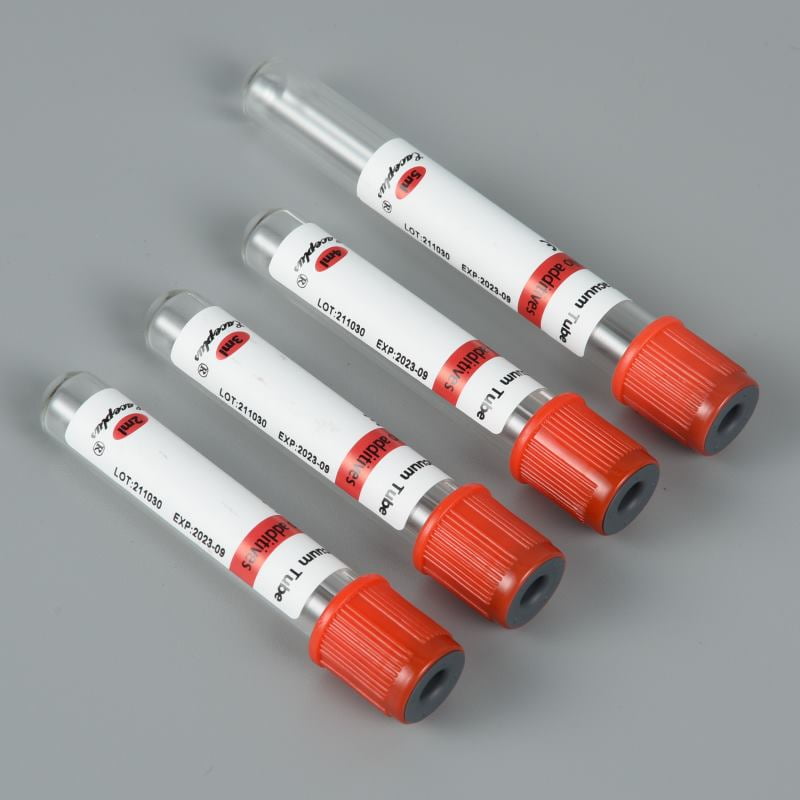Plasma separators are essential tools in modern medical diagnostics and research. They play a crucial role in separating plasma from whole blood, enabling accurate analysis and diagnosis. In this blog, we’ll dive deep into how a plasma separator works, its applications, and why it’s a cornerstone in medical laboratories. Whether you’re a healthcare professional, researcher, or simply curious, this guide will provide you with comprehensive insights.
Table of Contents
- 1 What is a Plasma Separator?
- 2 How Does a Plasma Separator Work?
- 3 Types of Plasma Separator Tubes and Their Functions
- 4 Why Plasma Separation Is Essential in Medical Diagnostics
- 5 Applications of Plasma Separator Tubes in Healthcare
- 6 Best Practices for Using Plasma Separator Tubes
- 7 Environmental and Manufacturing Considerations of Plasma Separator Tubes
- 8 Where to Buy High-Quality Plasma Separator Tubes
- 9 Summary
- 10 FAQs
What is a Plasma Separator?
A plasma separator is a specialized device or tube used to separate plasma from whole blood. Plasma, the liquid component of blood, contains vital proteins, hormones, and electrolytes essential for various diagnostic tests. The plasma separator efficiently isolates plasma while preventing contamination from other blood components such as red blood cells and platelets.
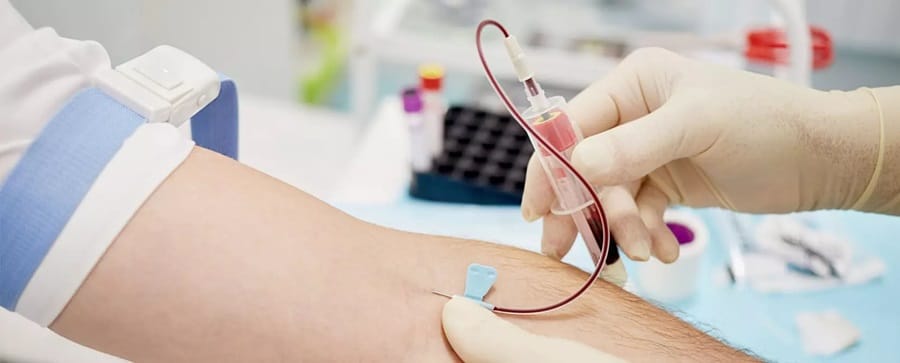
Healthcare professionals commonly use plasma separators in conjunction with vacuum blood collection tubes. These tubes are specifically designed to collect and preserve blood samples for analysis. These tubes are manufactured with precision to ensure accurate results, as detailed in our guide on how to manufacture vacuum blood collection tubes.
How Does a Plasma Separator Work?
The working principle of a plasma separator revolves around centrifugation and specialized gel barriers. Here’s a step-by-step breakdown:
- Blood Collection: Blood is drawn into a plasma separator tube using a vacuum-sealed system. These tubes are designed to maintain the integrity of the sample, as explained in our article on blood collection tubes.
- Centrifugation: The technician places the collected blood sample in a centrifuge, a machine that spins the tube at high speeds.
- This process separates the blood into its components based on density. Plasma, being lighter, rises to the top, while heavier components like red blood cells settle at the bottom.
- Gel Barrier Activation: Many plasma separator tubes contain a thixotropic gel that forms a barrier between plasma and other blood components during centrifugation. The gel actively ensures that the plasma remains uncontaminated and allows for easy extraction during analysis.
- Plasma Extraction: After centrifugation, technicians carefully extract the plasma from the tube using a pipette or a similar tool. The separated plasma is then ready for diagnostic testing or further research.
For a deeper understanding of plasma separator tubes, check out our detailed guide on what is a plasma separator tube.
Types of Plasma Separator Tubes and Their Functions
Various plasma separator tubes are available, differing by additives and gel chemistry depending on the intended diagnostic or therapeutic application:
| Tube Type | Additive/Purpose | Application | Link for Details |
|---|---|---|---|
| Serum Separator Tube | Clot activators + gel | Serum collection post-coagulation | clot activator tubes |
| Heparin Plasma Separator | Heparin (anticoagulant) + gel | Plasma for chemistry tests | Heparin tubes |
| EDTA Plasma Separator | EDTA (anticoagulant) + gel | Hematology and molecular tests | plasma separator tube |
| Sodium Citrate Tubes | Sodium Citrate anticoagulant + gel | Coagulation and ESR tests | ESR tubes |
Each tube type is manufactured under stringent quality controls to maintain vacuum integrity and gel stability (vacuum tube manufacturing process).
Why Plasma Separation Is Essential in Medical Diagnostics
Plasma separation is indispensable for accurate clinical evaluations. Some key reasons include:
- Prevention of Cellular Contamination: Removing RBCs and WBCs avoids enzymatic degradation or interference with assays.
- Preserving Sample Stability: Gel barriers prevent mixing that can degrade plasma quality over time.
- Versatility for Multiple Tests: Plasma is used for chemistry panels, serology, immunology, molecular diagnostics, and therapeutic drug monitoring.
- Improved Analytical Precision: Plasma-separated samples yield consistent results vital for diagnosis and treatment decisions.
Plasma is also crucial in specialized applications like platelet-rich plasma (PRP) therapy, which requires high-quality separated plasma (PRP tubes).
Applications of Plasma Separator Tubes in Healthcare
Plasma separator tubes are foundational in numerous laboratory and clinical contexts:
- Clinical Chemistry: Testing electrolytes, liver enzymes, glucose, lipids, etc.
- Immunology and Serology: Detecting antibodies, antigens, and infectious diseases.
- Molecular Diagnostics: DNA/RNA extraction from plasma for PCR and sequencing.
- Therapeutic Drug Monitoring: Accurate plasma drug levels ensure effective dosage.
- Blood Banking and Transfusion Medicine: Plasma preparation for fresh frozen plasma.
- PRP Therapy: Isolated platelet-rich plasma for regenerative therapies.
Medical centers and diagnostic labs depend on dependable plasma separation tubes, such as those manufactured by Sinymedical (Sinymedical blood collection tubes).
Best Practices for Using Plasma Separator Tubes
Proper usage ensures high-quality plasma samples:
- Correct Blood Volume: Adhering to tube fill volume maintains vacuum and additive balance.
- Mixing: Gentle inversion to mix additives without hemolysis.
- Timely Centrifugation: Process samples promptly to prevent degradation.
- Proper Storage: Store plasma at recommended temperatures if testing is delayed.
- Avoiding Contamination: Use sterile technique and avoid repeated freeze-thaw cycles.
Following these practices improves diagnostic accuracy and sample integrity.
Environmental and Manufacturing Considerations of Plasma Separator Tubes
Sustainable and high-quality manufacturing is critical to consistent plasma separation performance.
- Sinymedical uses controlled production facilities conforming to international standards.
- Tubes undergo rigorous quality control to ensure tube vacuum, gel performance, and additive safety.
- Innovations in raw materials reduce environmental impact while enhancing product durability (manufacturing process).
Sourcing medical consumables from reputable manufacturers guarantees sample reliability.
Where to Buy High-Quality Plasma Separator Tubes
For medical laboratories, clinics, and research facilities seeking reliable plasma separator tubes, Sinymedical is a trusted global supplier. Sinymedical offers a comprehensive catalog of blood collection tubes, including plasma separators, clot activator tubes, heparin tubes, and specialty products (browse Sinymedical catalog).
They provide excellent customer support and detailed product information to meet diverse healthcare needs. Contact Sinymedical directly to inquire about bulk purchasing and technical specifications (contact Sinymedical).
To learn more about their tube technology, visit Sinymedical on YouTube and their official supplier page on Made-in-China.
Summary
Plasma separators are vital tools in modern medicine, enabling the efficient separation of plasma from whole blood for diagnostic and research purposes. By understanding how a plasma separator works, healthcare professionals and researchers can ensure accurate and reliable results. Whether you’re using heparin tubes, no additive tubes, or PRP tubes, choosing the right plasma separator is crucial for your specific application.
For more information on plasma separators and other medical devices, visit Siny Medical. Explore our range of products, including plasma separator tubes, blood collection tubes, and more. For inquiries, feel free to contact us.
FAQs
What is the difference between plasma and serum separator tubes?
Plasma separator tubes contain anticoagulants to prevent clotting and preserve plasma, while serum separator tubes contain clot activators to allow blood clotting and separate serum.
Plasma tubes, particularly EDTA types, are commonly utilized for genetic and molecular testing because plasma contains circulating DNA and RNA.
How long after blood collection should plasma separator tubes be centrifuged?
Centrifuge the sample within 2 hours of collection to maintain plasma integrity.
Are plasma separator tubes reusable?
No, these tubes are single-use to prevent contamination and ensure sterility.
How does the gel in plasma separator tubes work?
The gel has a density between plasma and blood cells, forming a physical barrier after centrifugation to prevent remixing.

